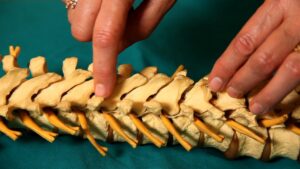✪✪✪✪✪ http://www.theaudiopedia.com ✪✪✪✪✪ What is ACTIVE STRETCHING? What does ACTIVE STRETCHING mean? ACTIVE STRETCHING meaning – ACTIVE STRETCHING definition – ACTIVE STRETCHING explanation. Source: Wikipedia.org article, adapted under https://creativecommons.org/licenses/by-sa/3.0/ license. SUBSCRIBE to our Google Earth flights channel – https://www.youtube.com/channel/UC6UuCPh7GrXznZi0Hz2YQnQ Active stretching eliminates force and its adverse effects from stretching procedures. Active stretching stimulates and prepares muscles for use during exercise. Active stretches not only stretches the muscles and tissues, but prepares the muscles for the action by activating and warming them up. Before describing the principles on which active stretching is based, the terms agonist and antagonist must be clarified. Agonist refers to actively contracting muscle or muscles while their opposing muscles are termed antagonists. The neuromechanisms conceptualized by Sir Charles Sherrington (1857 – 1956), “the philosopher of the nervous system”, as applied to active stretching are: 1. Reciprocal inhibition — While agonist muscles contract, contraction of the opposing antagonist muscles is inhibited. (Such as when alternately flexing and extending one’s elbow.) 2. Muscle spindles — Sensory nerve endings in muscle detect the change in length of the muscle and its rate of change. Force applied to a muscle stimulates the muscle spindles which activate protective reflexes resulting in contraction of that muscle. (Such as the knee jerk response of neurological testing procedures.) While necessary for sports and ordinary motions, this protective reaction is counterproductive for stretching, i.e., lengthening muscles.
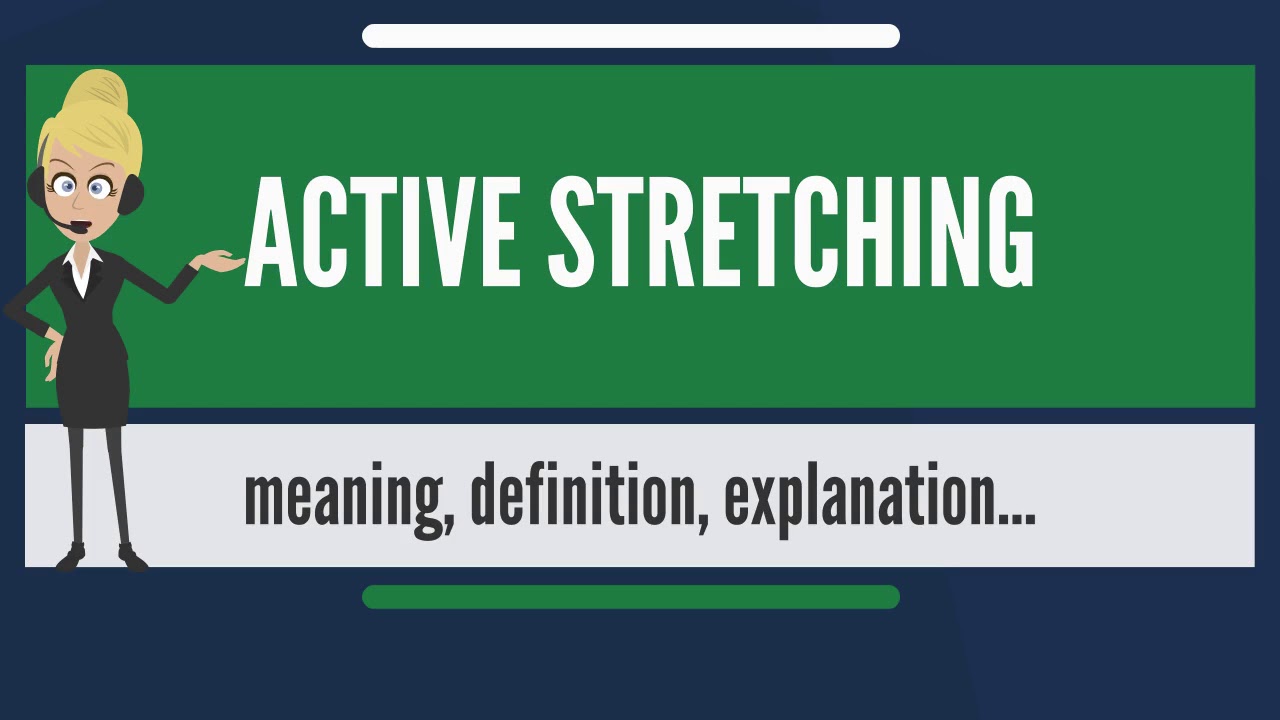
What is ACTIVE STRETCHING? What does ACTIVE STRETCHING mean? ACTIVE STRETCHING meaning
- Post author:
- Post published:June 16, 2021
- Post category:Uncategorized
- Post comments:0 Comments
You Might Also Like
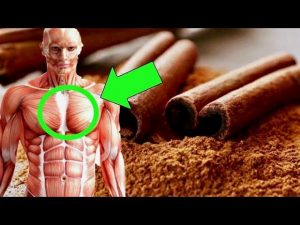
Top 6 Foods To Reduce Hypertension

Symptoms & Causes of Anemia

India’s Best Fish Oil – Omega 3 at CHEMIST SHOP | Cheapest | Guaranteed Results

Is There A Pimple Cure?
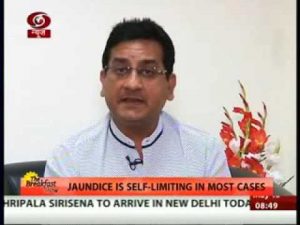
Jaundice: A common liver disease
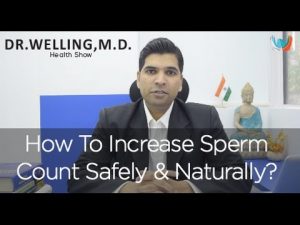
How To Increase Sperm Count Fast & Naturally ?
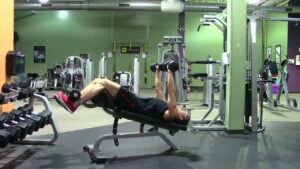
Decline Dumbbell Bench Press – HASfit Lower Chest Exercise Demonstration – Decline Dumbbell Press

Clinical Neurophysiology Video – 2

Assisted Stretch Routine

Silymarin Benefits – Milk Thistle Extract

Spa Mineral Video – 3
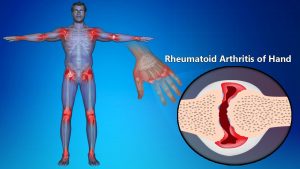
Rheumatoid Arthritis Of Hands: Symptoms, Signs, Treatment
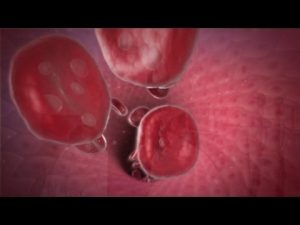
Explaining Anemia
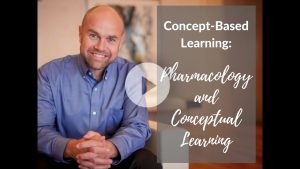
Pharmacology and Conceptual Learning
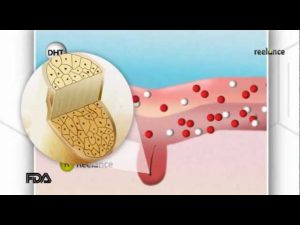
how to avoid hair loss for woman + minoxidil

One Arm Dumbbell Rows – Upper Back Exercises

Overweight & Obesity Video – 1
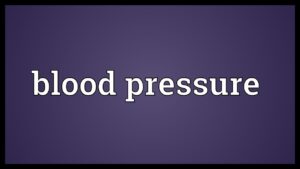
Blood pressure Meaning
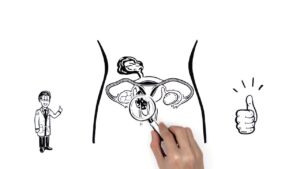
Gynecological Surgeries Video – 4
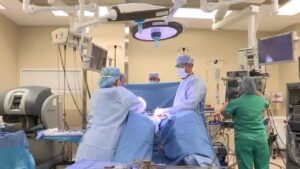
Laproscopic Surgeries Video – 4

What is liver steatosis?
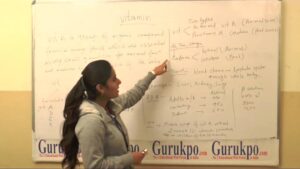
Types of Vitamins (B.Sc., Nursing) by Ms. Shaheen, of Biyani Girls College, Jaipur
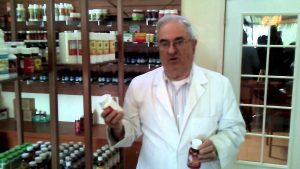
Dr. Michael Martins Tells About Silymarin For Liver
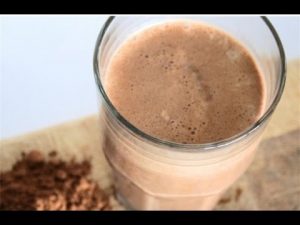
Why I Don’t Take Protein Supplements
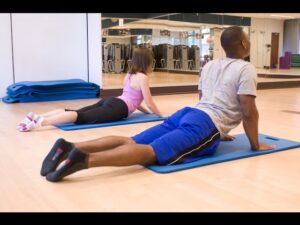
Lungs exercise to increase the lungs capacity

Upper Back Dumbbell Row.MOV

Low Carb Diet Helped Lower Cholesterol
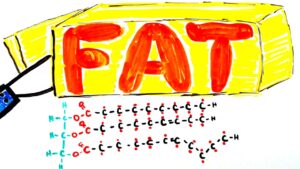
What is Fat?

What Is Yoga Video – 5

What is Cardiovascular Fitness

Circuit Training

Skating Video – 2
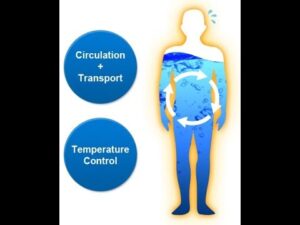
Fluid and Electrolite System Body Fluids
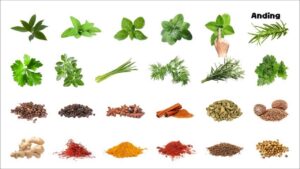
Herbs Video – 2

The 4 Types of Exercise Every Person Needs
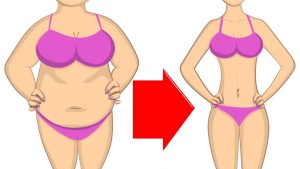
7 Proven Fat Burning Foods

Overweight & Obesity Video – 30

IS CREATINE POWDER DANGEROUS ? ( HINDI ) – ANIMATED SCIENCE FACTS
Erectile Dysfunction
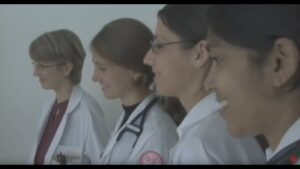
Hematology Video – 2

Best way to workout chest
